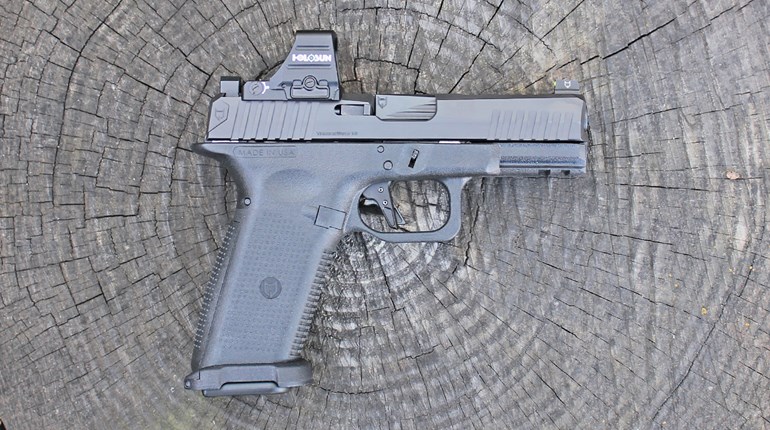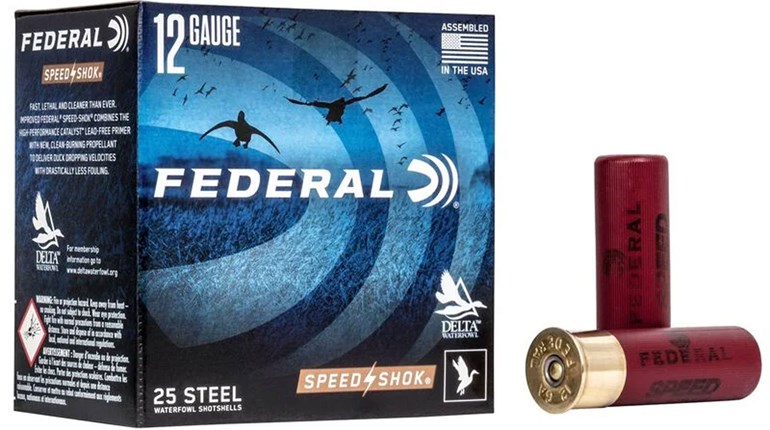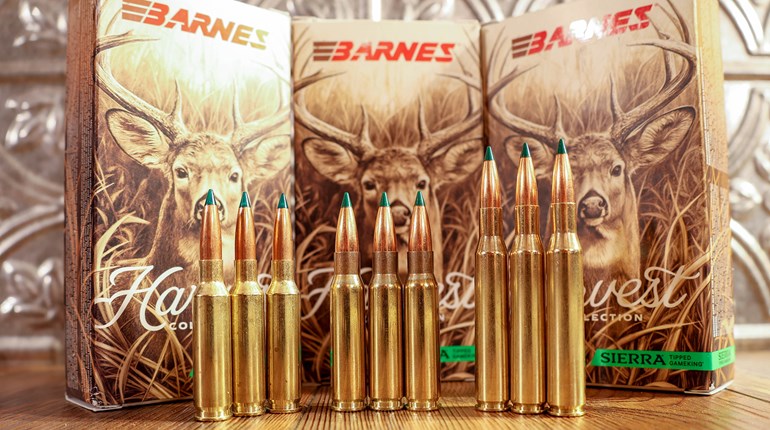
Generalizations abound in the shooting world. They can be useful, as when following the rule that heavier bullets tend to favor tighter rifling twist rates. These oversimplifications can also cause grief, such as when falling for the notion that more riflescope magnification automatically leads to better shooting.
One of my own revelations revolves around projectile performance—specifically the potential accuracy of rifle bullets that expand well in tissue. I have long been under the false impression that in order to get "match grade" accuracy, one must use match-grade factory loads (or components if handloading). To my way of thinking, this was especially true with larger-caliber loads. Terms like "half MOA" are not traditionally used in conjunction with bullet sizes, weights and designs suitable for large four-legged game and two-legged predators. It turns out I have been missing the mark on some great-shooting, expanding ammunition.
I break-in one to two rifle barrels per week, so my exposure to good- and bad-shooting loads lasts throughout the year. I typically use target fodder for early break-in and match-grade factory loads for later accuracy work. Last summer, I deviated from the practice because several rifles and carbines I broke-in—all .308 Win. ARs—were only to be used for hunting or tactical shooting. Proofing these guns with match loads would do no good if the only thing fired through them would be hunting loads. So, I broke out of my comfort zone, grabbed a few boxes of hunting ammo and headed to the range.
The first rifle had an 18-inch, match-grade, stainless steel barrel with a 1:10-inch twist. As with all rifles I test, it was topped with a reliable scope and was fired from a supported prone position. I had seen smatterings of good expanding-bullet accuracy in smaller .223 Rem. varmint loads over the years, but by the time my initial .308 Win. test was complete, my long-held opinions about large-caliber expanding projectiles had been completely shattered.
Barnes' Triple-Shock X (TSX) bullets are well-known as great performers in tissue and at longer ranges, where many expanders perform more like FMJ bullets due to their slowing velocities. TSX projectiles even do well through heavy hide or man-made intermediate barriers like auto glass. I had written them off as only marginally accurate, so I made it a point in this instance to test two loads using TSX projectiles: a 168-grain option from Black Hills Ammunition and a 150-grain load provided by a custom ammo shop. Both projectiles did very well, grouping from .7 to .75 MOA at 100 yards. Next, I switched to Hornady's 150-grain SST Superformance load, which turned in a solid .6-MOA performance. Winchester's 168-grain Silvertip turned in a best group of .64 MOA and overall grouping at .7 MOA.
Would other guns provide the same result? Fortunately, I had a bunch of .308 Win. work scheduled throughout the summer and fall, so data was easy to come by. These guns each used stainless steel match barrels from several manufacturers, ranging in length from 16 to 24 inches and all with 1:10-inch twist rates. I gravitated to Winchester's 168-grain Silvertip load as my primary test cartridge, because it performed consistently well from one gun to the next. Other expanding projectiles shoot accurately enough for hunting or defensive work, including Federal's 180-grain Trophy Bonded Tip (1-MOA average in one rifle) and Hornady's 168-grain TAP (.7 to .9 MOA).
My belief that match-grade bullets were the only ones capable of printing noteworthy groups was a carryover from my military days. Back then, most of our match sniper ammunition employed hollow-point boattail projectiles designed for commercial competition applications. While not all hunting bullets will provide heavy penetration and expansion like Barnes' TSX projectiles, it appears many fly as well or better than "match" loads.
This is a win-win development for hunters and tactical shooters alike. After all, the goal is to hit a target precisely where we aim using a projectile that performs its assigned task with minimal fuss. Assuming my test results are an accurate indication of modern expanding rifle loads, we have much in the way of good ammunition from which to choose these days.





































